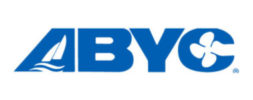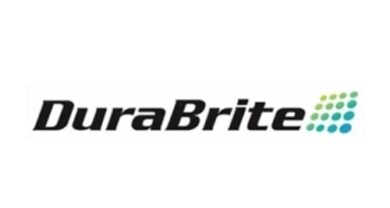Growing pains
As companies like West Marine, MarineMax, Brunswick and Nautic Marine have grown, so have their suppliers.
Big retailers and boat builders find it more efficient and less costly to work with fewer, larger suppliers – and the market is responding accordingly. This growth can often be painful or at least complicated, however.
Take Teleflex Marine, for example. It’s grown quite a bit over the past 10 years, partly due to acquisitions like Morse Controls in 2001 and Megatech in 2003. The end result was a corporate structure in which Teleflex functioned like four completely separate companies. That proved to be a hassle for its customers, and in 2005 the company decided it was time to restructure.
It took two years, but the results — what the supplier is calling, “One Teleflex” — are finally in. In essence, the company has centralized its distribution, sending out all of its aftermarket products — including mechanical and hydraulic steering; controls and cables; instrumentation; marine engine and drive parts; marine hose; and marine switches — through its Litchfield, Ill. location.
This translates into one ordering line, one technical service team, one invoice and, with reps on both coasts, 12 hours of customer service. It also means average lead time on an order is about five days instead of two to four weeks — and in emergencies, product can be sent overnight, according to Joe Holtschulte, general manager of Teleflex Marine.
Another company experiencing some growing pains has been Marinco Electrical Group, which was acquired two years ago by Actuant Corp. Not only has the company been on the acquisitions track, it recently brought in new leadership from outside the marine industry. Marinco’s new business leader, Tim McDonnell, came on board in February, bringing with him experience in marketing and operations from companies like Stanley Tools and Norelco.
He explains that Actuant has brought a lot of best practice ideas and systems to the company since acquiring it, including lean manufacturing and value stream mapping. And McDonnell expects further change and growth as Actuant continues to invest in the business.
“We’re looking for way more than double digit growth in the next three to five years, both organic and from acquisition,” he explains.
This summer, in fact, Actuant completed the acquisition of BH Electronics. It’s being brought together with the company’s other marine brands under Marinco to give Actuant one face for its marine customers as it sells them a package of systems. With that said, Marinco plans to retain its product lines’ individual brands. They include Marinco shore power products; Guest battery chargers and power management products; AFI marine wipers, horns, lights and accessories; BEP power management systems; Ancor wiring systems, Nicro marine ventilation; and BH Electronics wiring harnesses and dash panels.
Dometic Environmental Corp. has also been growing. It acquired Eskimo Ice in April 2006 and Waeco Group this May. While both Waeco and Dometic manufactured air conditioners and refrigerators for boats, Dometic had a dominant share of the AC market, while Waeco was strongest in refrigeration. Together, the companies can supply both types of products for a much wider variety of boats, which Dometic hopes will allow it to win the business of some of the industry’s largest boat builders. Size may not be enough, however.
“Brunswick believes an inability to promptly service boats is holding back the marine industry,” explains Ken Taranto, vice president of aftermarket sales. “They want manufacturers that can service throughout the country within 48 hours.”
And they’re not alone. Other large boat builders and retailers are raising their supplier standards in similar ways. Suppliers like Dometic are working to meet those demands.
Distribution is another important consideration for multi-location marine businesses when selecting suppliers, a factor that didn’t escape Dometic and Waeco executives. Dometic has eight warehouses across the country, the use of which will shorten transit time and reduce freight costs for Waeco product. Such product won’t carry the “Waeco” brand for much longer, though. While the brand will continue to exist in Europe, it will disappear within the United States.
These changes can be complicated. While many executives downplay the challenges involved in integration following an acquisition, it’s a well-known fact that more acquisitions fail than succeed.
“What makes an acquisition work is the desire for both parties to get married, to make it work,” explains Taranto. “The desire is there, the support structure is there. There is a clear path where we want to go.”
Dometic is certainly not the lone traveler on this path, which under current market conditions, might become even more well-worn. — by Liz Walz




